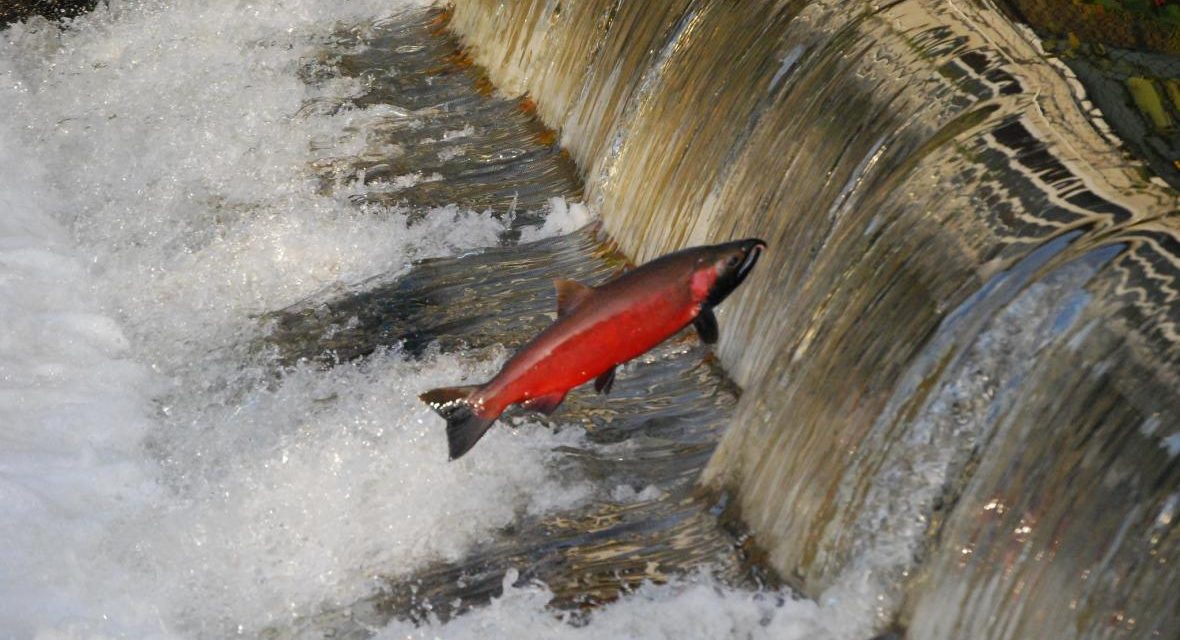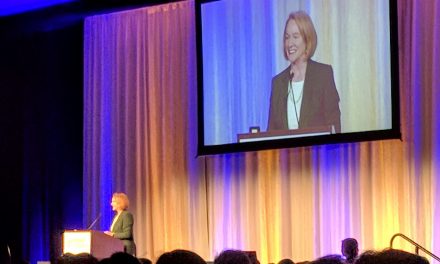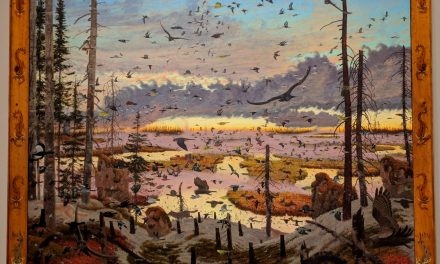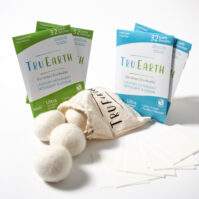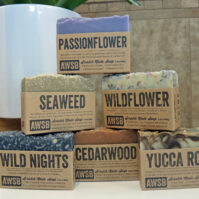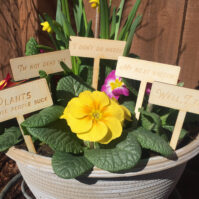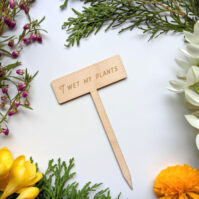With salmon returning upstream to spawn, fall is by far the busiest time of year for King County salmon hatcheries. However, below average counts are leaving many wishing for more salmon.
During the run, hatchery workers collect, fertilize and incubate salmon eggs. The fish are raised on site until they are mature enough to brave the local watersheds and head for the ocean.
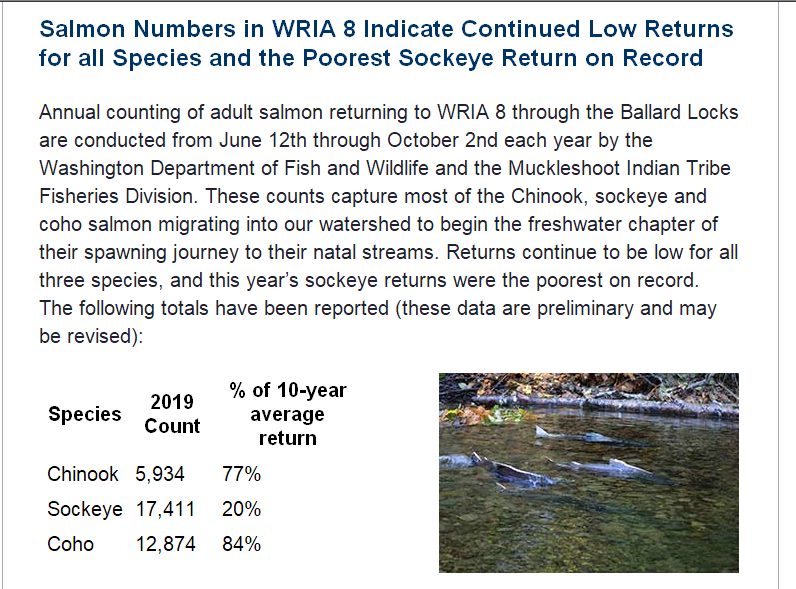
There’s no better place to see this happen than the Issaquah Salmon Hatchery, the state’s only urban hatchery, which draws around 350,000 visitors per yer. In partnership with Friends of the Issaquah Hatchery (FISH), this location has become equal parts education center, tourist attraction and conservation operation.
FISH program coordinator Pepper Hambrick said the original mission of the hatchery was to mitigate salmon loss from fishing and habitat destruction. However, with the salmon population steadily declining, the hatchery has increased its efforts.
“They’ve taken on more of a conservation role because a lot of that habitat hasn’t come back,” Hambrick said. “The hatchery gives (the salmon) an area to be protected for the most vulnerable part of their lives. Once they’ve have mated and hatched they are able to enter the ecosystem with a head start.”
The trick is getting them there.
The journey to salmon hatcheries
It’s a 49 mile journey from the Puget Sound to Issaquah’s holding ponds. To get there, salmon travel through the Ballard Locks, Lake Union, Lake Washington, Lake Sammamish and Issaquah Creek. Salmon need clean water shaded by native plants to make this trek. However, their journey takes them through heavily populated areas where urban runoff and development threaten them every inch of the way.
Neither salmon hatcheries nor organizations like FISH have much say in what happens during the journey. Based on Washington Department of Fish and Wildlife’s escapement reports, fewer fish are returning to King County salmon hatcheries each year, suggesting that the journey is becoming increasingly perilous.
- The number of Sockeye trapped at Cedar River Hatchery decreased from 18,674 to 3,207 between 2000 and 2017.
- The number of Coho trapped at Issaquah Hatchery fell from 27,225 to 3,905 between 2000 to 2017. At Soos Creek Hatchery, Coho counts decreased from 43,774 to 10,765 in the same time frame. As of October 24th this year, 1,700 Coho had been trapped at Issaquah Hatchery and 1,100 at Soos Creek.
- Fall Chinook numbers increased from 5,929 to 12,491 at Soos Creek from 2000 to 2017. At Issaquah Hatchery, fall Chinook counts decreased from 3,676 to 2,442 from 2000 to 2017.
“Things are not great so far this year,” Hambrick said. “We aren’t really seeing the returns we would like, especially with Chinook salmon. We’re shooting for 3.2 million Chinook eggs and we’ve spawned 914 Chinook (1.8 million eggs, as of October 15) so far. That didn’t get us there, so we’ll likely supplement that with eggs from Soos Creek.”
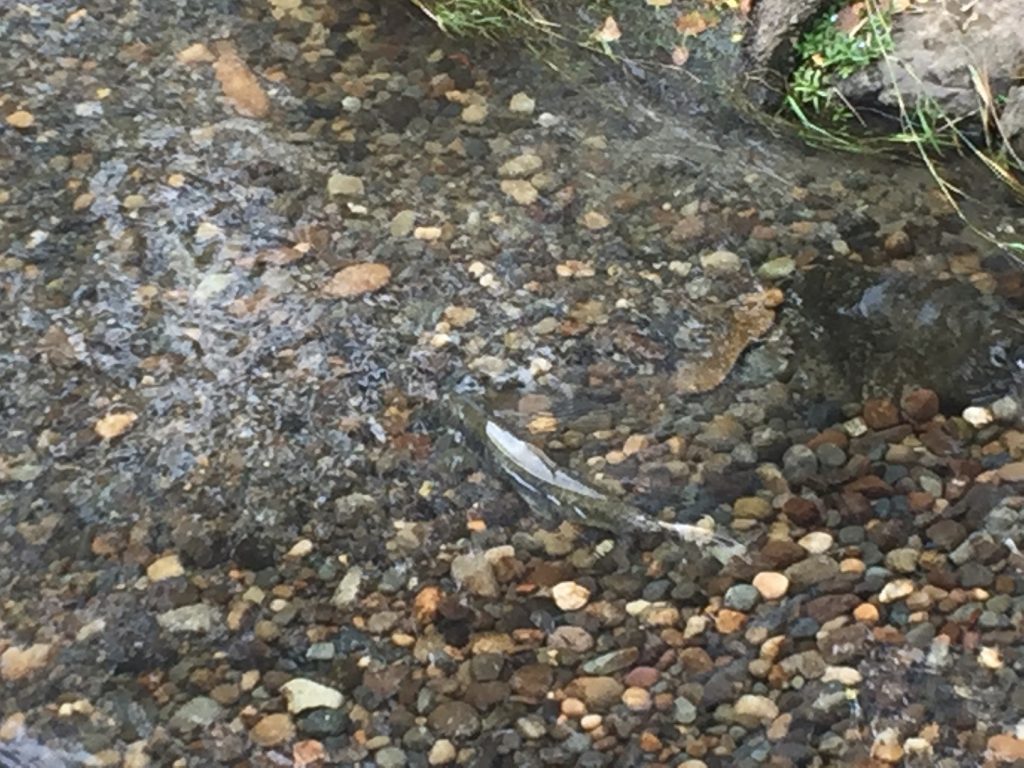
From saving the hatchery to saving the fish
FISH was founded in 1992 after the state scheduled Issaquah Hatchery for closure due to budget issues. Concerned citizens formed FISH, confronted Olympia legislatures and successfully kept the hatchery open.
“For a while the focus was saving the hatchery and we were able to do that through advocacy and fundraising,” Hambrick said. “In the past several years, we’ve switched more to outreach, education and celebrating the salmon. Not worried about saving the hatchery anymore, more worried about saving the fish – it’s a lot easier to worry about the conservation when we’re not worried about the hatchery.”
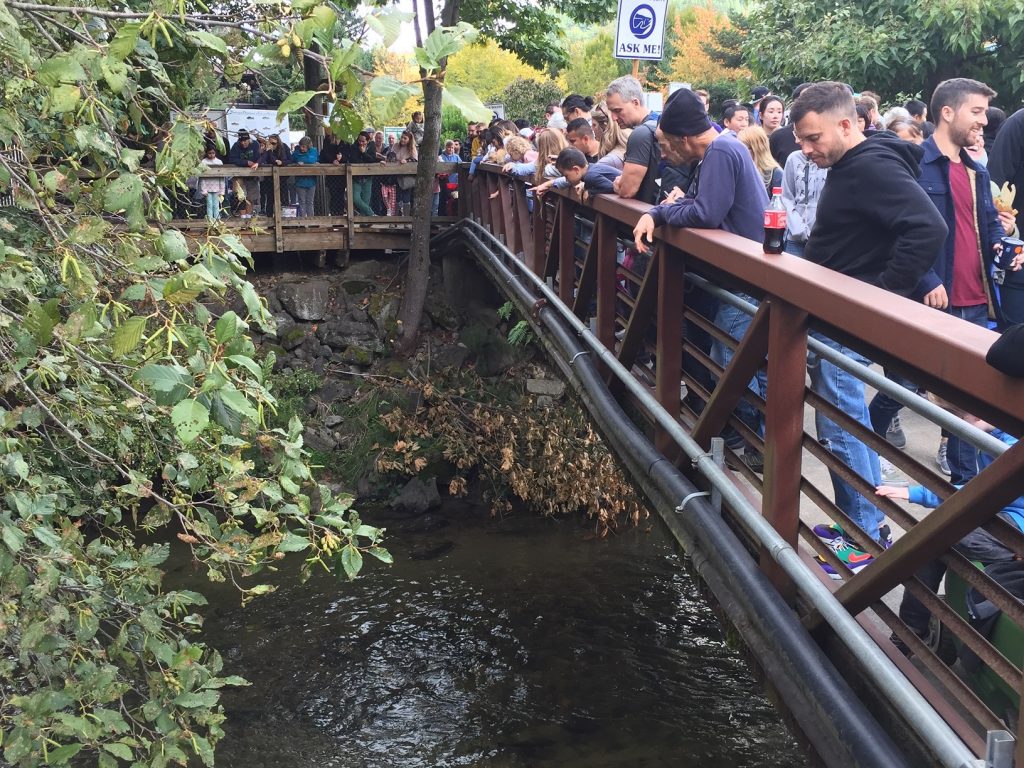
FISH’s community outreach programs include summer camps, guided tours and speaking events. More than 9,000 students tour the salmon hatchery with FISH’s volunteer docents each fall and learn about the challenges salmon face on their journey. About half of its annual visitors come during Issaquah Salmon Days, during which trained FISH docents line the creek to field questions.
Hambrick said while there are a few environmental laws in place, it’s really up to Washington’s residents to restore salmon habitat.
“There are groups that organize plantings and invasive species removal like Mountain to Sound Greenway. That helps the whole environment and makes the salmon journey that much better,” Hambrick said. “Another thing I think is important is for people to be aware of their voice in the local community. Make sure we speak up, be part of that conversation.”
Live salmon-friendly with these tips from Seattle Public Utlities and Emeraldology.
Feature photo: An eager male Coho salmon leaps upstream at the Issaquah Salmon Hatchery. Photo from Friends of the Issaquah Salmon Hatchery.

